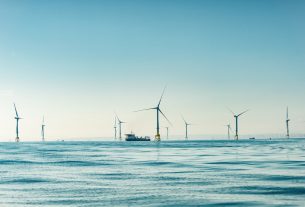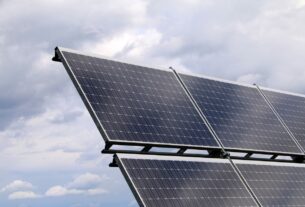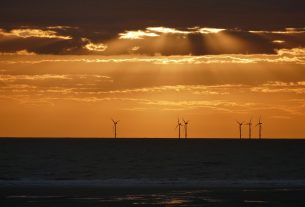Belgium – The European Commission has unveiled a new set of policies aimed at weaning the EU off Russian fossil fuels by 2027.
Renewables are at the heart of Europe’s energy security, according to the “REPowerEU Action Plan.” It also addresses the permitting bottlenecks that are preventing the expansion of wind and solar power. Renewable energy is presumed to be in the “overriding public interest,” according to a new law. They’ve also detailed how governments can simplify their permitting processes in detailed recommendation and guidance documents.
The EU Commission mapped out a new EU energy policy, “REPowerEU,” just two weeks after Russia invaded Ukraine. From 2027, there will be no more Russian energy imports, and the energy system will be electrified at a faster pace.
The Commission has now presented the “REPowerEU Action Plan,” which includes nine new initiatives aimed at achieving these lofty goals through renewable energy. In light of the Action Plan, European Commission President Ursula von der Leyen will be in Esbjerg today to sign a declaration on the expansion of offshore wind in the North Sea with the heads of government of Denmark, Germany, the Netherlands, and Belgium.
Accelerated wind permitting
Faster renewable-based decarbonization, according to the Commission, is critical for both climate neutrality and energy security. As part of the “Fit for 55” package, they propose raising the EU’s 2030 renewable energy target to 45 percent. In order to decarbonize Europe’s hard-to-abate sectors, the Commission wants to double the deployment rate of heat pumps in buildings and increase renewable hydrogen production, including with more dedicated EU funding for electrolyser manufacturing. They also want to strengthen Europe’s renewable energy supply chains, such as through new action on key material sourcing.
Importantly, the REPowerEU Action Plan recognizes the need for “dramatically accelerated” wind energy permitting. To that end, the Commission has proposed a new legislative proposal on renewable energy permitting, which will be incorporated into the EU Renewable Energy Directive’s ongoing review.
This new proposal accomplishes three goals. It would codify the principle that renewable energy is presumed to be in the “overriding public interest” in EU law. This means that, in the current energy crisis, their deployment can be prioritized on a case-by-case basis until climate neutrality is achieved. Following that, the proposal establishes renewable “go-to” areas that national governments must establish following a strategic environmental assessment. Projects in these areas must be approved within a year. Finally, the Commission maintains the current permitting deadlines – two years for new projects and one year for repowered projects – but clarifies which permits and procedures must be delivered within those timeframes.
Streamlining permitting
In addition to the new permitting law, the Commission has issued a permitting recommendation and detailed guidance to governments on how to streamline their permitting rules and procedures. The new guidance outlines best practices in permitting from across Europe and demonstrates what works: how to digitalize processes, ensure better collaboration between public authorities, and so on.
In this infographic, WindEurope summarizes the key points of the new EU permitting recommendation and guidance. It includes information on site selection, administration, auction design, grid connection, and legal issues.
In addition to the EU permitting recommendation and guidance, the European wind industry is providing a comprehensive list of actions that national governments can take right now to simplify and expedite renewable energy permitting. For example, applying common sense spatial planning rules, streamlining judicial frameworks to only two legal appeals, or applying the “positive silence” principle to all renewable energy projects are all examples. The complete list of industry recommendations can be found here.




